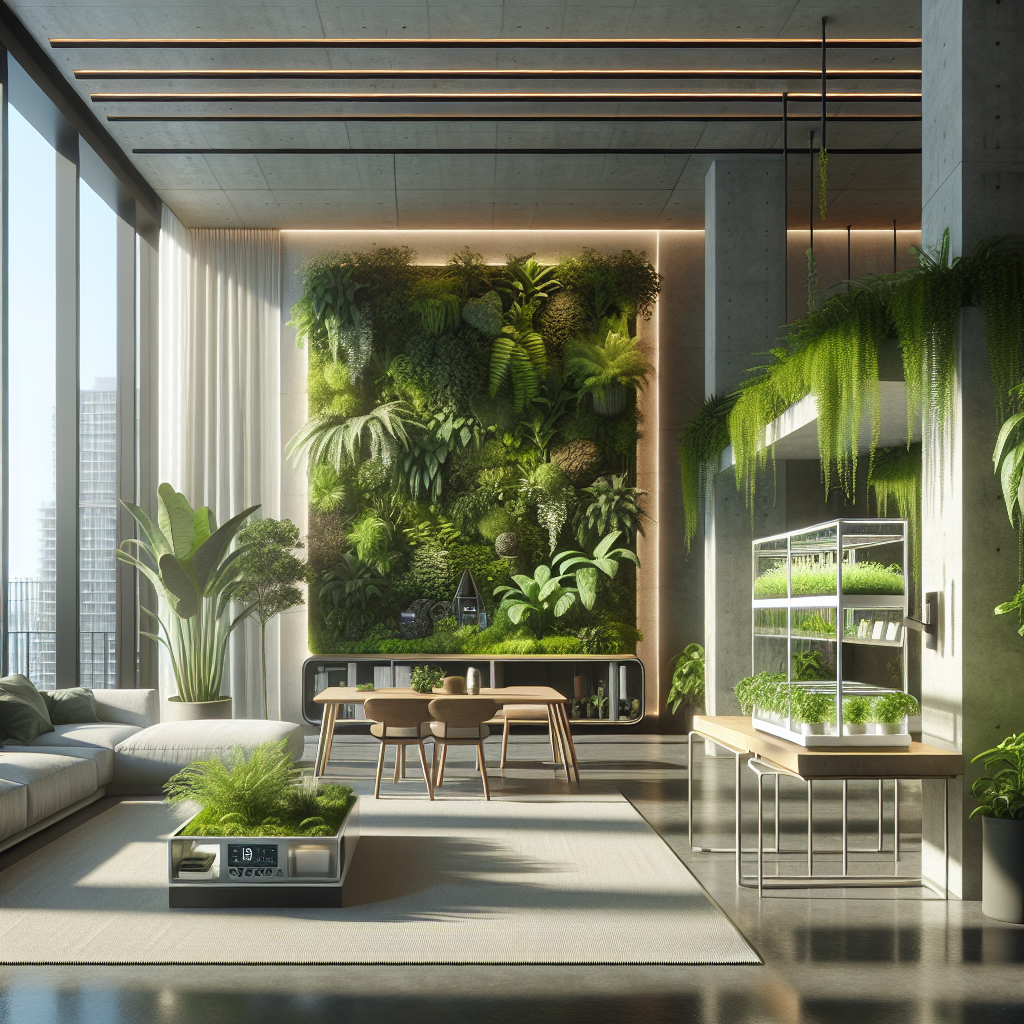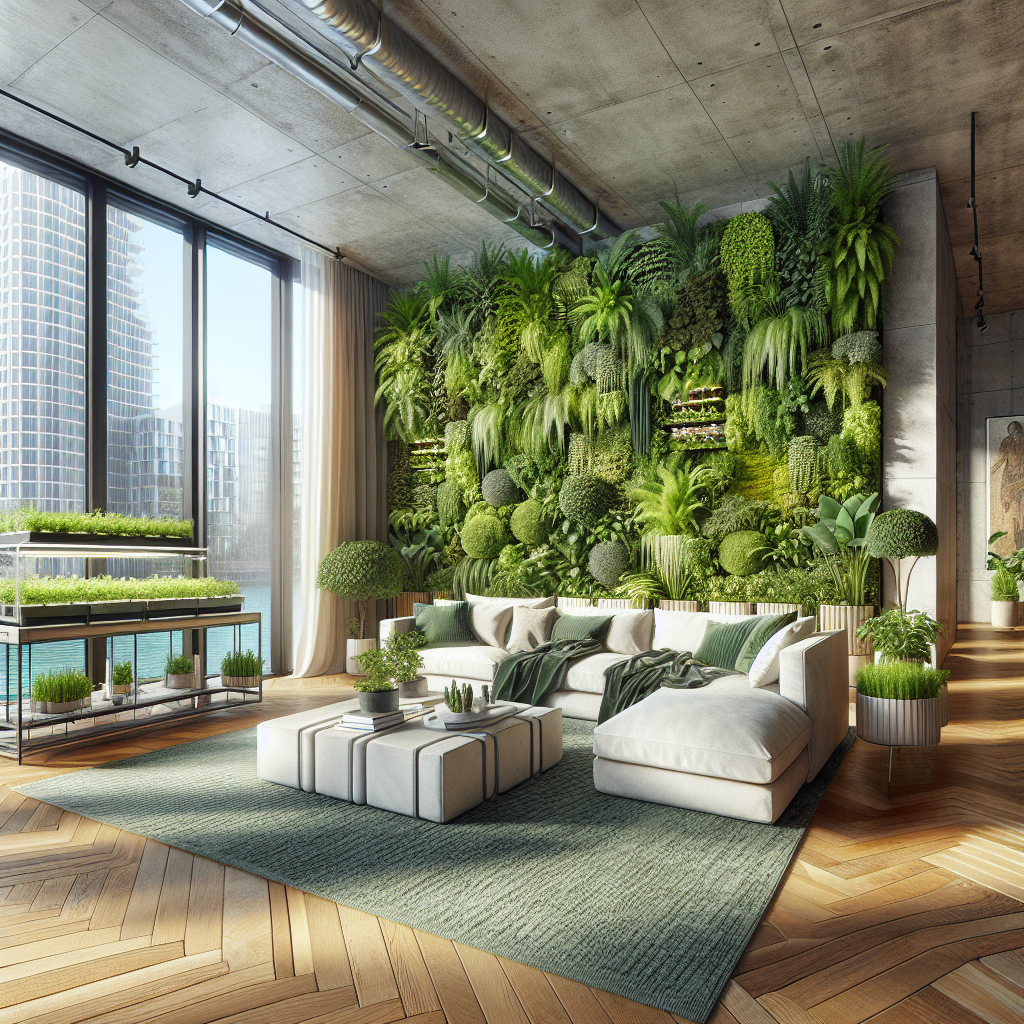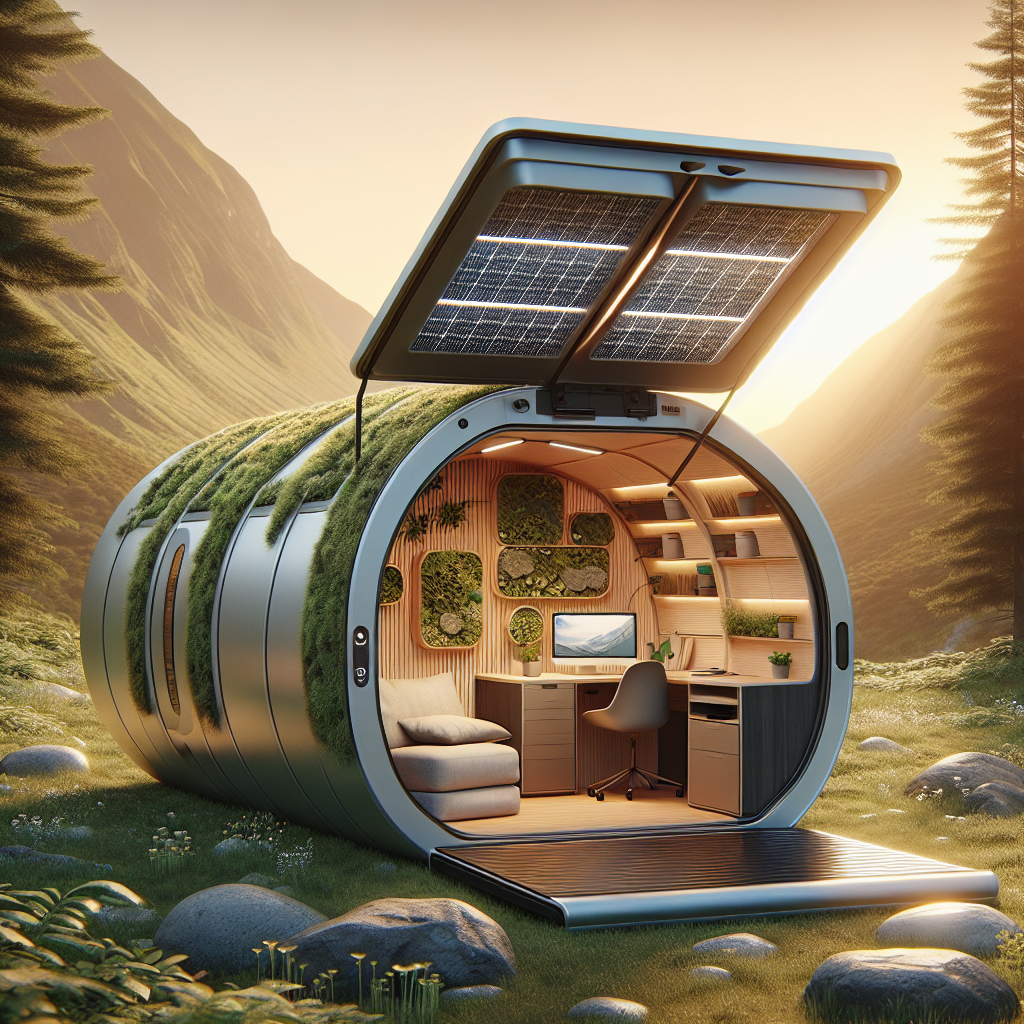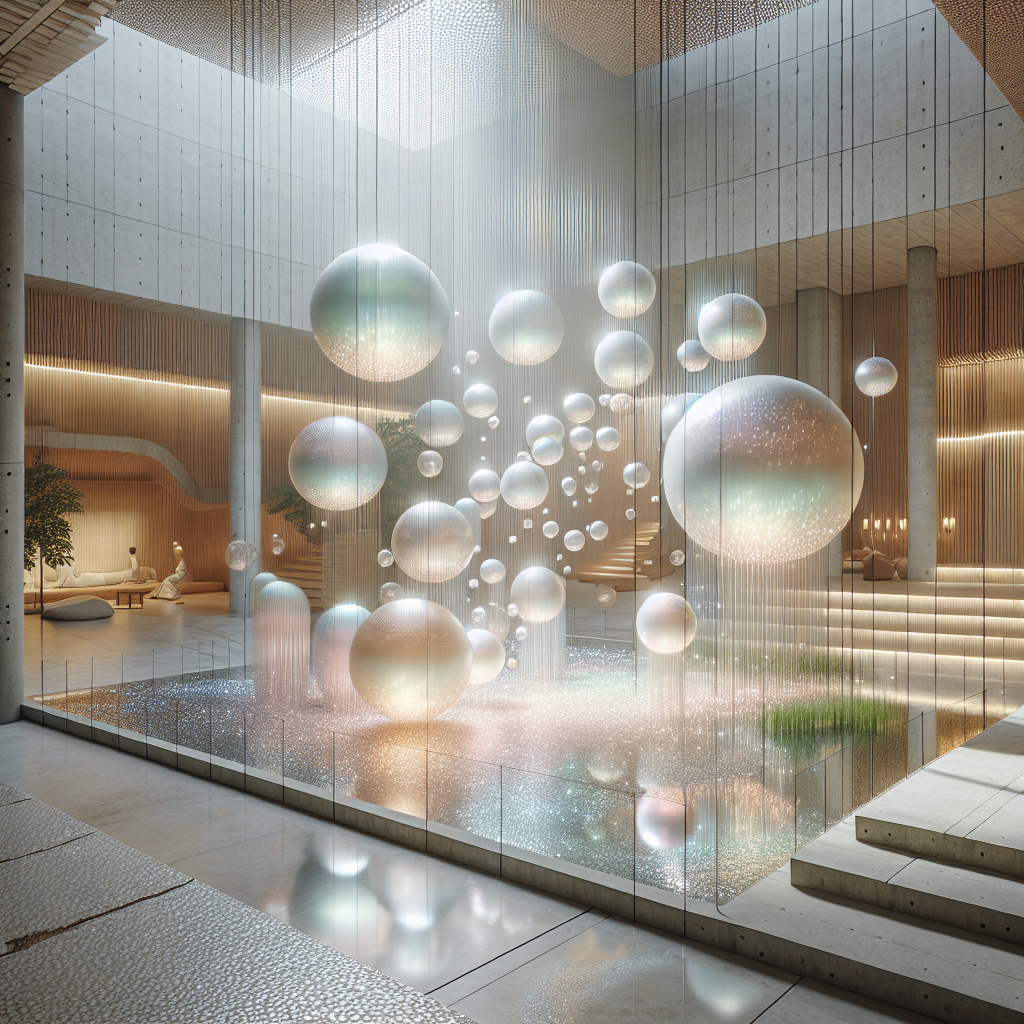Bringing the Outdoors in: The Evolution of Indoor Gardens in Urban Spaces
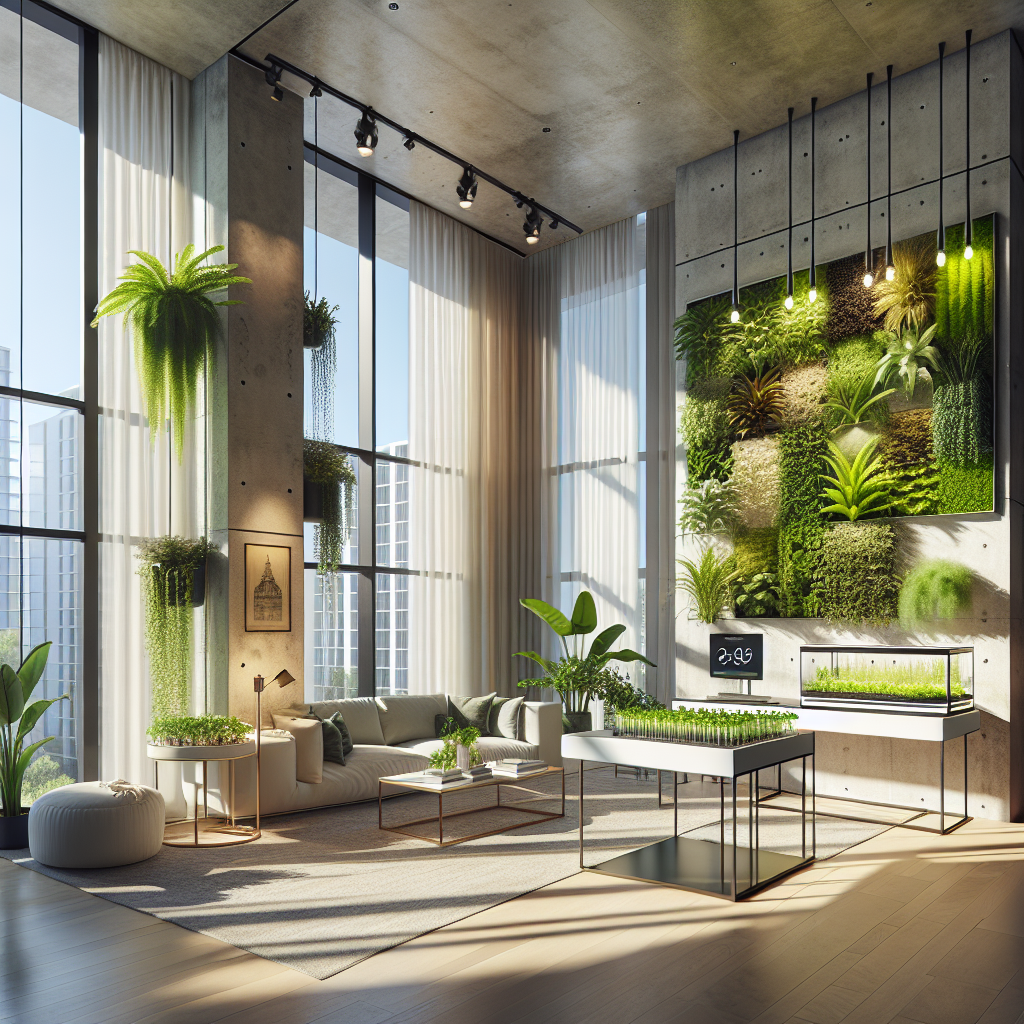
Bringing the Outdoors In: The Lush Transformation of Urban Living Spaces
As the pace of urbanization accelerates, city dwellers are increasingly yearning for a slice of nature within their concrete confines. The concept of indoor gardens has taken root, blossoming into a full-fledged design movement that not only beautifies living spaces but also enhances the well-being of residents. This trend, which can be traced back to ancient civilizations, has evolved into a sophisticated integration of flora within modern urban homes and workspaces.
The Historical Roots of Indoor Gardens
The tradition of cultivating plants indoors is no modern phenomenon. The Hanging Gardens of Babylon, one of the Seven Wonders of the Ancient World, is perhaps the most illustrious example of early indoor gardens. These mythical gardens showcased a remarkable engineering feat, bringing lush greenery to the heart of an ancient city. Fast forward to the Victorian era, and we witness the proliferation of orangeries and conservatories, glass-walled spaces where the elite nurtured exotic plants and flowers.
The Rise of Biophilic Design in Modern Architecture
Today, the principles of biophilic design have propelled the concept of indoor gardens into the limelight. This approach to architecture emphasizes the human connection to nature, incorporating natural elements into the built environment to improve health and productivity. Studies have shown that spaces that embrace biophilic design can lead to reduced stress, enhanced creativity, and an overall uplift in mood.
Renowned architects and designers are weaving greenery into their projects, creating serene oases amidst the urban sprawl. For instance, the Bosco Verticale in Milan stands as a towering testament to this philosophy, with its vertical forests changing the skyline and offering a new blueprint for sustainable urban living.
Indoor Gardens as Artistic Expressions
Indoor gardens have transcended their utilitarian origins to become artistic expressions. Interior designers are crafting stunning living walls and intricate plant arrangements that double as natural art pieces. These verdant installations not only purify the air but also serve as focal points that elevate the aesthetic of any room.
For instance, green living walls have emerged as a popular feature in luxury homes and high-end commercial spaces. They encapsulate the essence of bringing the outdoors in, transforming bland walls into lush tapestries of foliage.
Technological Innovations in Indoor Gardening
Advancements in technology have played a pivotal role in the evolution of indoor gardens. Hydroponic systems, which allow plants to grow in water without soil, have become increasingly sophisticated, enabling urban residents to cultivate vegetables and herbs year-round. Smart gardens, equipped with automated lighting and watering systems, have made it easier than ever to maintain an indoor garden, even for those without a green thumb.
Moreover, the integration of smart home technology with indoor gardening has given rise to a new genre of interactive plant care. Apps and devices can now monitor plant health, provide reminders for watering, and even offer advice on plant placement to ensure optimal growth.
The Social and Environmental Impact of Indoor Gardens
Indoor gardens have a profound impact beyond their visual appeal. They contribute to social well-being by fostering a sense of community in urban environments. Shared garden spaces in residential buildings or office complexes encourage interaction among inhabitants, nurturing a collective spirit.
From an environmental standpoint, indoor gardens play a crucial role in improving air quality. Plants act as natural air purifiers, absorbing pollutants and emitting oxygen. The presence of plants can also help regulate humidity levels, contributing to a more comfortable and healthier indoor climate.
Furthermore, the concept of urban farming has gained traction, with indoor gardens becoming a source of local, sustainable produce. This movement not only reduces the carbon footprint associated with food transportation but also provides city dwellers with fresh, organic options right at their doorstep.
Challenges and Considerations in Implementing Indoor Gardens
Despite the numerous benefits, incorporating indoor gardens into urban spaces is not without its challenges. Space constraints in city apartments often require creative solutions, such as vertical gardens or modular planting systems. Additionally, the selection of plants must be carefully considered to ensure they are suitable for indoor conditions and the available light.
Maintenance is another key factor, as indoor gardens demand regular care. However, the rise of plant maintenance services and community gardening initiatives has made it more feasible for individuals to embrace this green revolution, even with busy urban lifestyles.

